Book of the week: Letters to Camondo
Edmund de Waal pens a unique companion volume to his 2010 bestseller The Hare with Amber Eyes
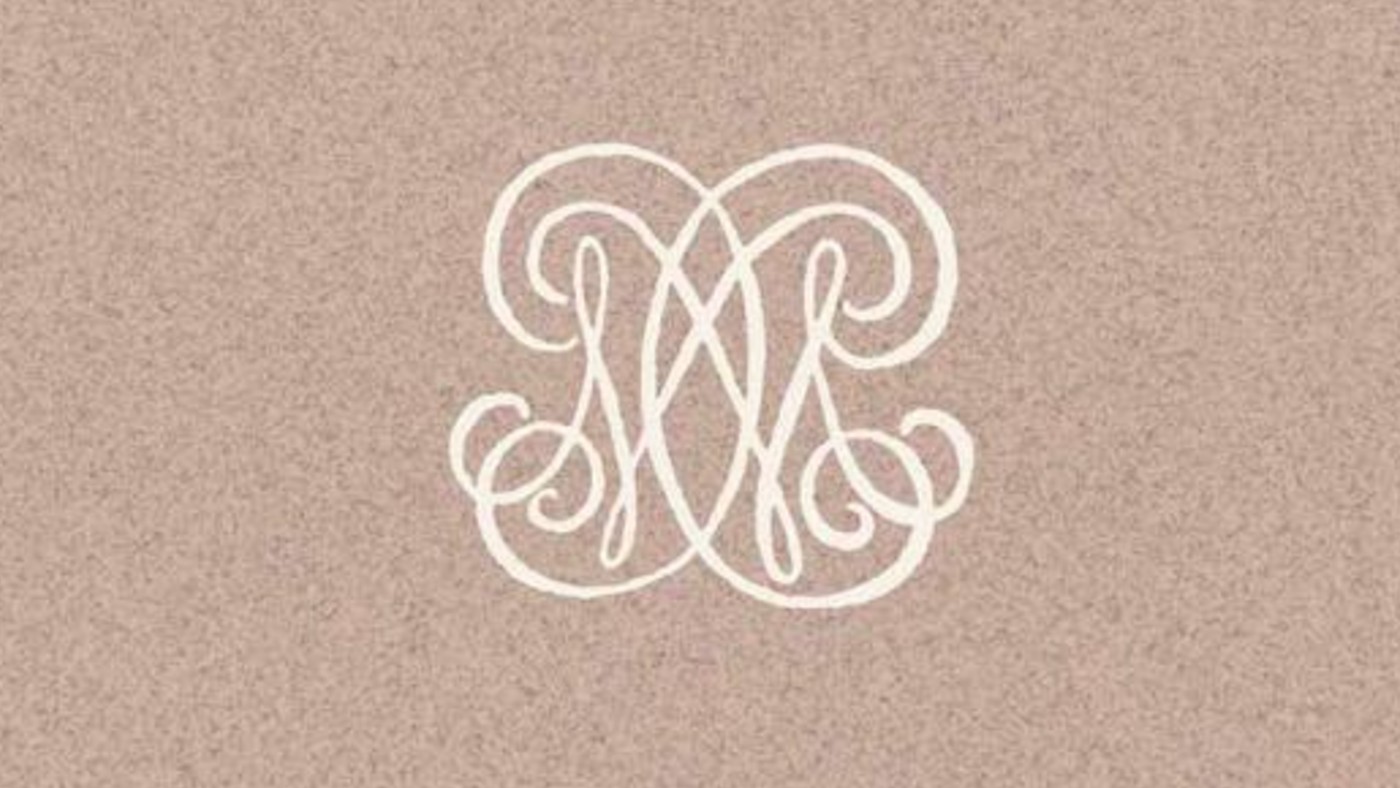
In his 2010 bestseller The Hare with Amber Eyes, the potter Edmund de Waal told the story of his mother’s family – the Ephrussis – through 264 Japanese netsuke (tiny ivory sculptures) that were bought by one of her forebears in Paris in the 1870s, said Allan Massie in The Scotsman. His marvellous new book is a companion piece to that volume, which brings to life another art-loving Jewish banking family who were their neighbours in Paris.
Hailing from Istanbul, the Camondos settled in the city in the 1860s, building a palatial home on the Rue de Monceau – then an enclave of the “haute juiverie” – which they filled with exquisite pieces. De Waal’s book takes the form of a series of imaginary letters to Count Moïse de Camondo, who inherited the property from his father in 1911, and who stipulated in his own will (he died in 1935) that it be preserved as a museum, which it still is. Those who enjoyed The Hare with Amber Eyes will “find equal interest and delight” in this work.
One of many cultivated Jewish families who flourished in Paris in the late 19th and early 20th centuries, the Camondos were “fixtures of belle-époque society, at the centre of a constellation of writers and artists that included the Goncourt brothers, Renoir and Proust”, said Johanna Thomas-Corr in The Sunday Times. Moïse was patron of numerous societies, and made a point of collecting French art (in contrast to his father, who’d favoured Jewish and Ottoman artefacts). Yet neither his efforts to assimilate nor the family’s riches protected them from “the horrors of the 20th century”. Moïse’s son died in the First World War, and his daughter and grandchildren perished in the Nazi death camps. Perhaps because de Waal is less personally connected to the story, this book isn’t quite as successful as its predecessor; but it is a tender and sometimes moving meditation on “rootlessness and restitution, about how objects carry the past into the present”.
The Week
Escape your echo chamber. Get the facts behind the news, plus analysis from multiple perspectives.

Sign up for The Week's Free Newsletters
From our morning news briefing to a weekly Good News Newsletter, get the best of The Week delivered directly to your inbox.
From our morning news briefing to a weekly Good News Newsletter, get the best of The Week delivered directly to your inbox.
With its meticulous descriptions of the artefacts in the Musée Nissim de Camondo, it’s quite demanding to read – the “opposite of a page-turner”, said Laura Freeman in The Times. But readers who persevere will be richly rewarded: “De Waal has a way of looking at the world that surprises, delights and upends expectations.” It is also “beautifully produced”, said Gillian Tindall in the Literary Review: the text is interspersed with lavish colour illustrations which do full justice to de Waal’s subject. Reading it made me “long to” pay a visit to the “time-stalled home” in which the Camondo family lived.
Chatto & Windus 192pp £14.99; The Week Bookshop £11.99 (incl. p&p)
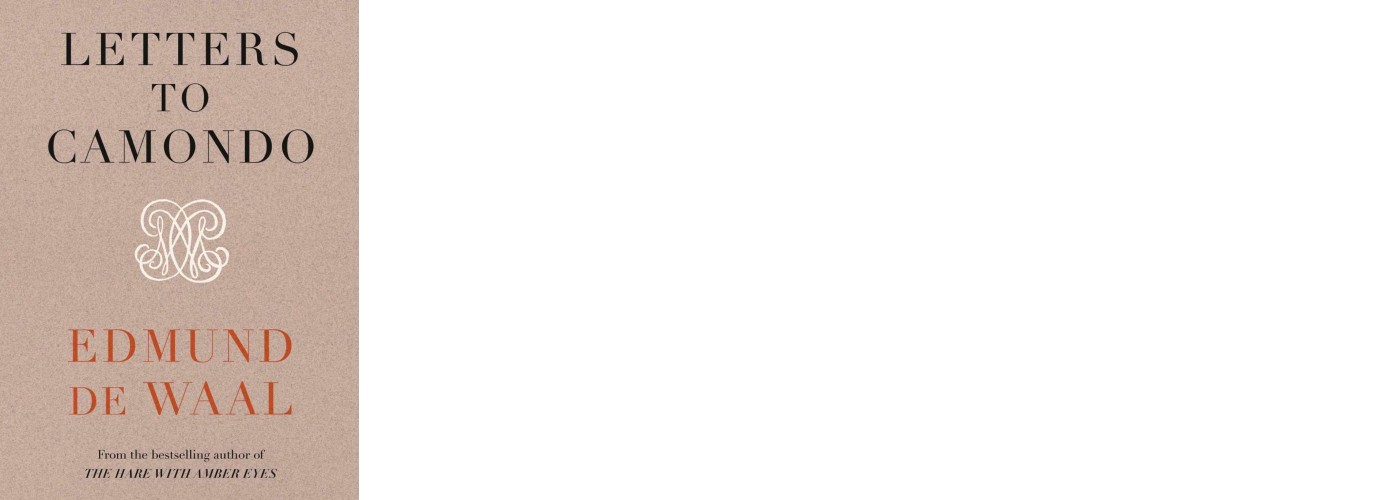
The Week Bookshop
To order this title or any other book in print, visit theweekbookshop.co.uk, or speak to a bookseller on 020-3176 3835. Opening times: Monday to Saturday 9am-5.30pm and Sunday 10am-4pm.
A free daily email with the biggest news stories of the day – and the best features from TheWeek.com
-
 Heavenly spectacle in the wilds of Canada
Heavenly spectacle in the wilds of CanadaThe Week Recommends ‘Mind-bending’ outpost for spotting animals – and the northern lights
-
 Facial recognition: a revolution in policing
Facial recognition: a revolution in policingTalking Point All 43 police forces in England and Wales are set to be granted access, with those against calling for increasing safeguards on the technology
-
 Codeword: December 14, 2025
Codeword: December 14, 2025The daily codeword puzzle from The Week
-
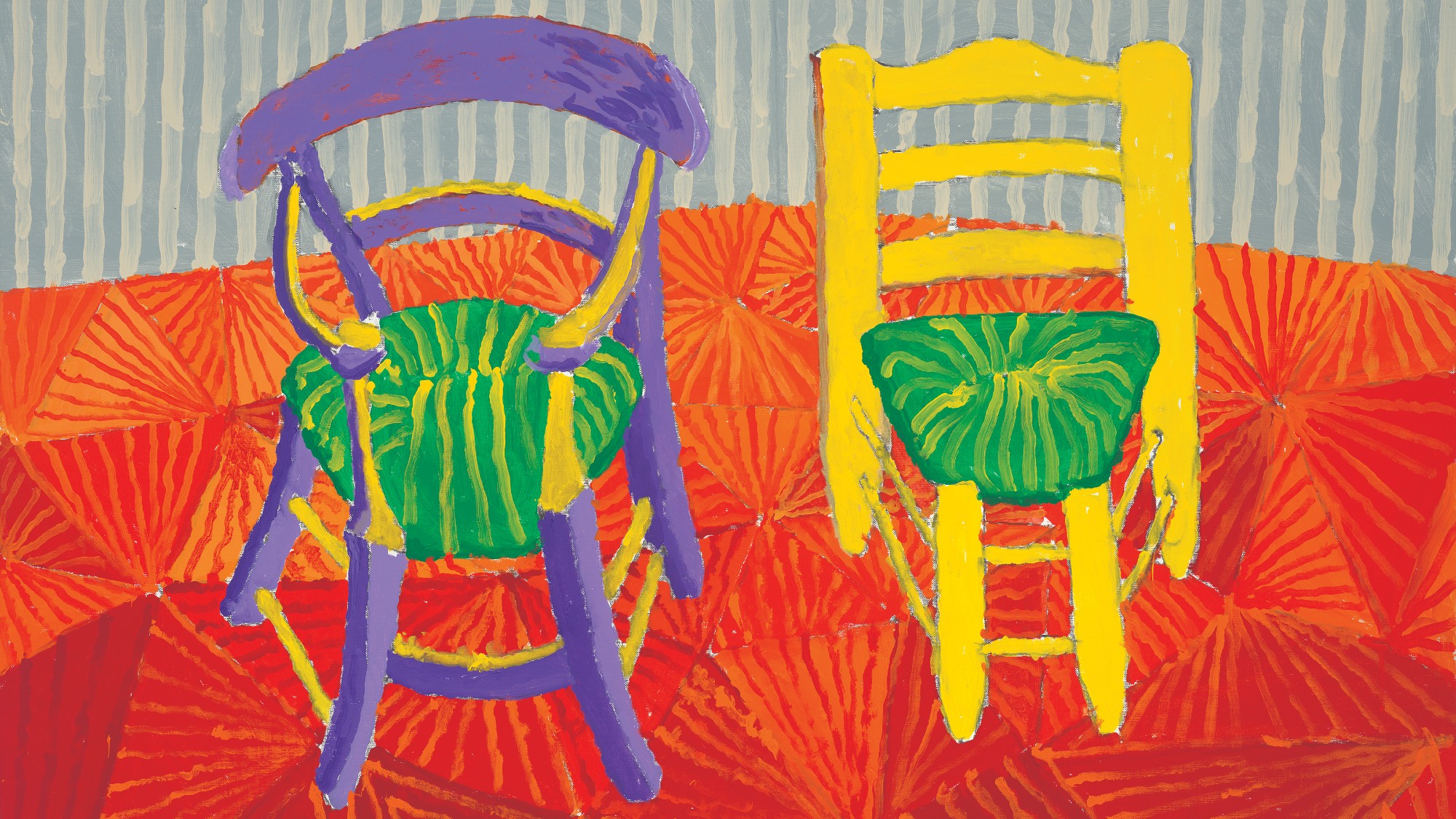 David Hockney at Annely Juda: an ‘eye-popping’ exhibition
David Hockney at Annely Juda: an ‘eye-popping’ exhibitionThe Week Recommends ‘Some Very, Very, Very New Paintings Not Yet Shown in Paris’ testifies to the artist’s ‘extraordinary vitality’ and ‘childlike curiosity’
-
 Projects and pantry staples: Fall’s new cookbooks are primed to help you achieve all sorts of deliciousness
Projects and pantry staples: Fall’s new cookbooks are primed to help you achieve all sorts of deliciousnessThe Week Recommends Starring new releases from celebri-cooks Samin Nosrat and Alison Roman
-
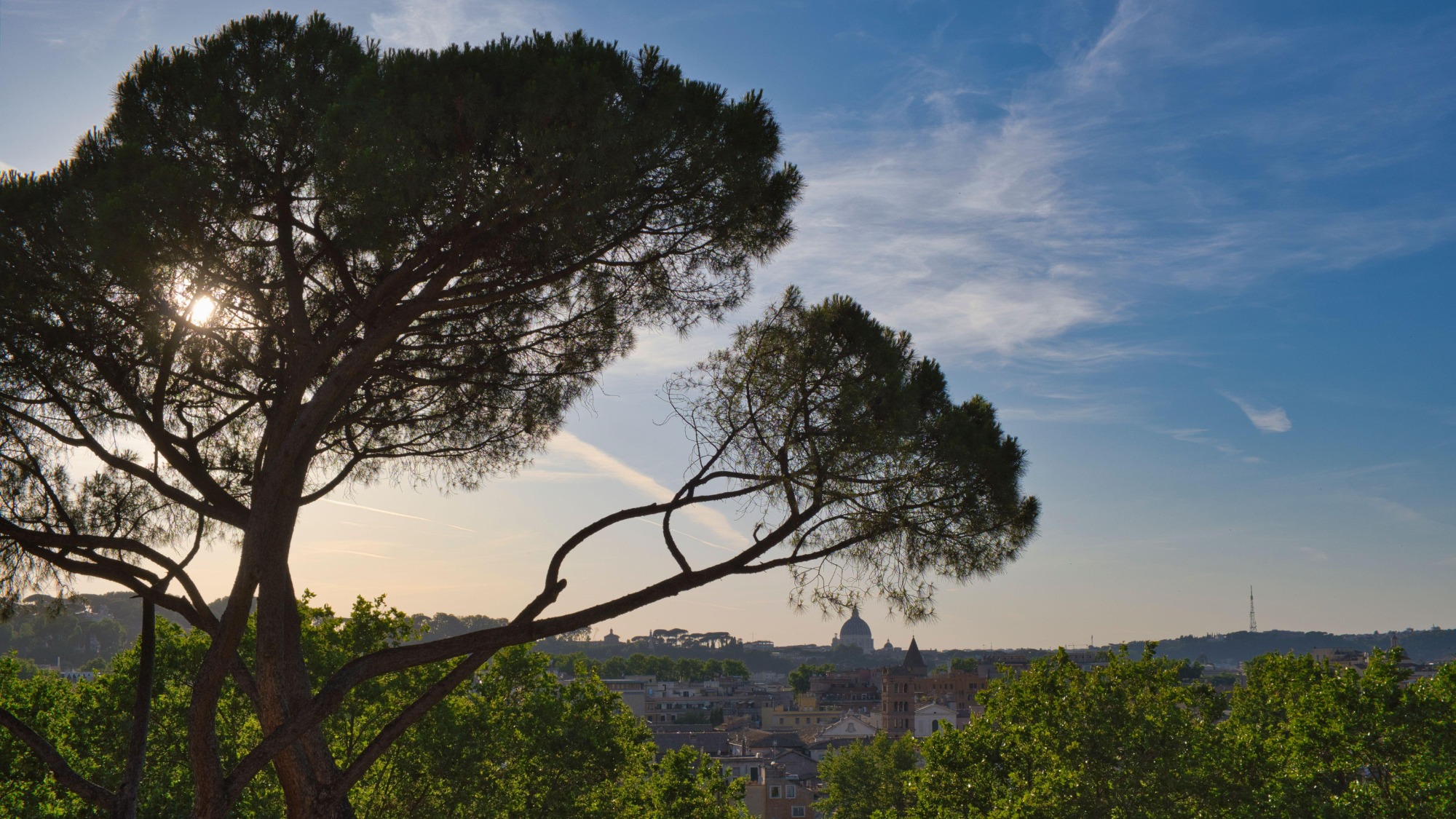 Ssh! Secret gardens to visit this summer
Ssh! Secret gardens to visit this summerThe Week Recommends These leafy havens are the perfect place to escape the crowds
-
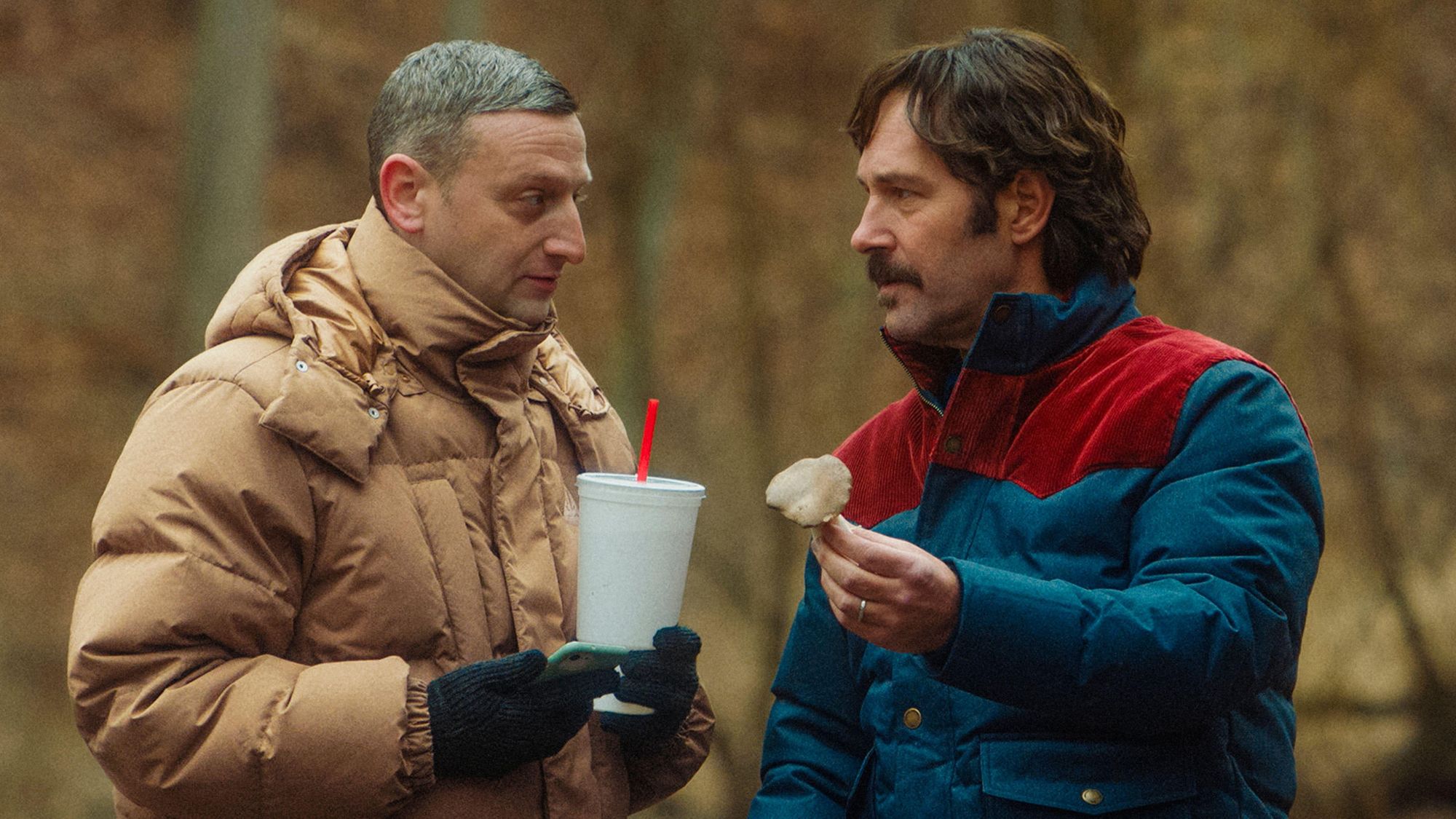 Friendship: 'bromance' comedy starring Paul Rudd and Tim Robinson
Friendship: 'bromance' comedy starring Paul Rudd and Tim RobinsonThe Week Recommends 'Lampooning and embracing' middle-aged male loneliness, this film is 'enjoyable and funny'
-
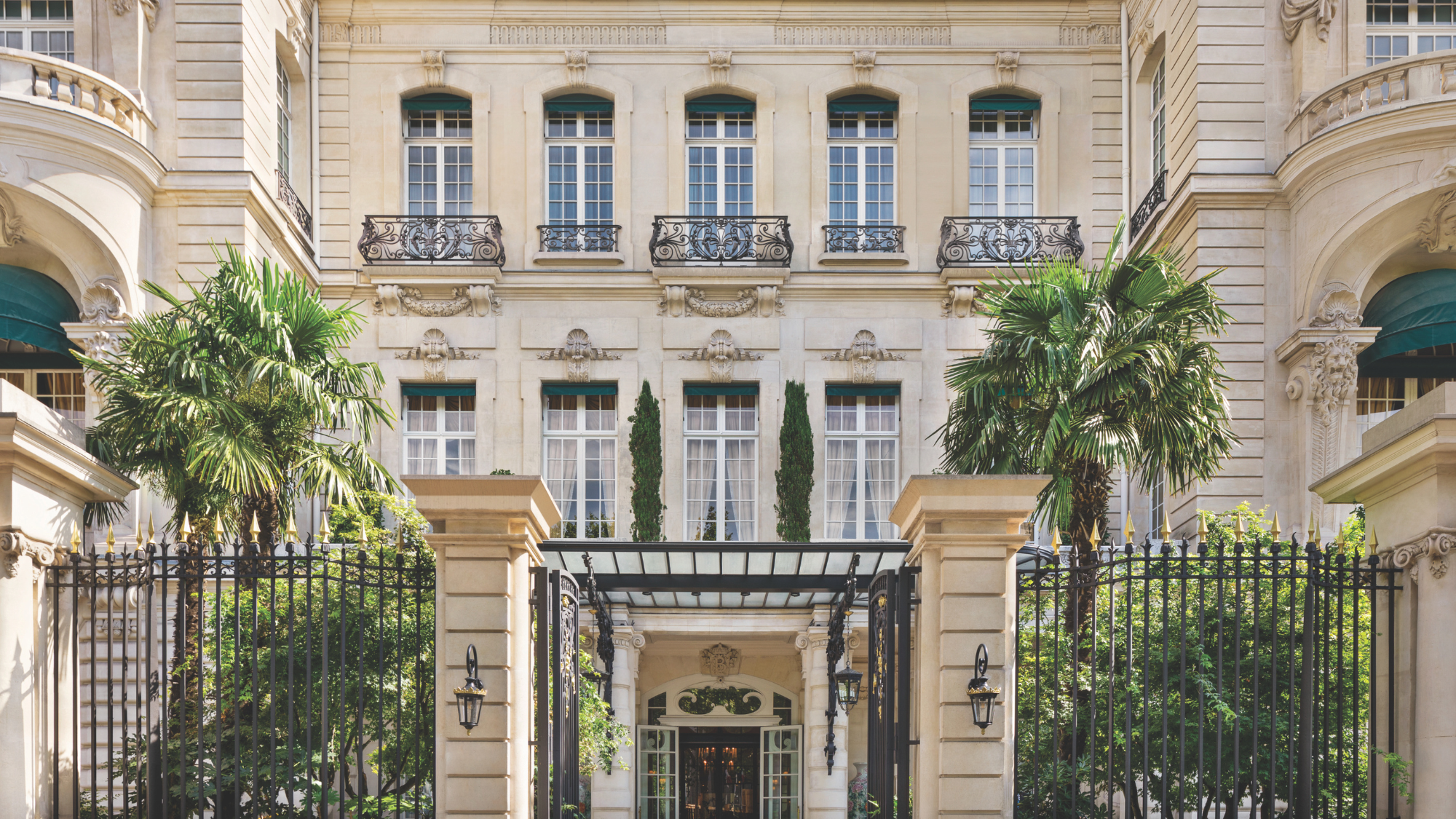 Shangri-La Paris: an elegant Parisian grande dame
Shangri-La Paris: an elegant Parisian grande dameThe Week Recommends Soak up views of the Eiffel Tower from your terrace at this opulent hotel
-
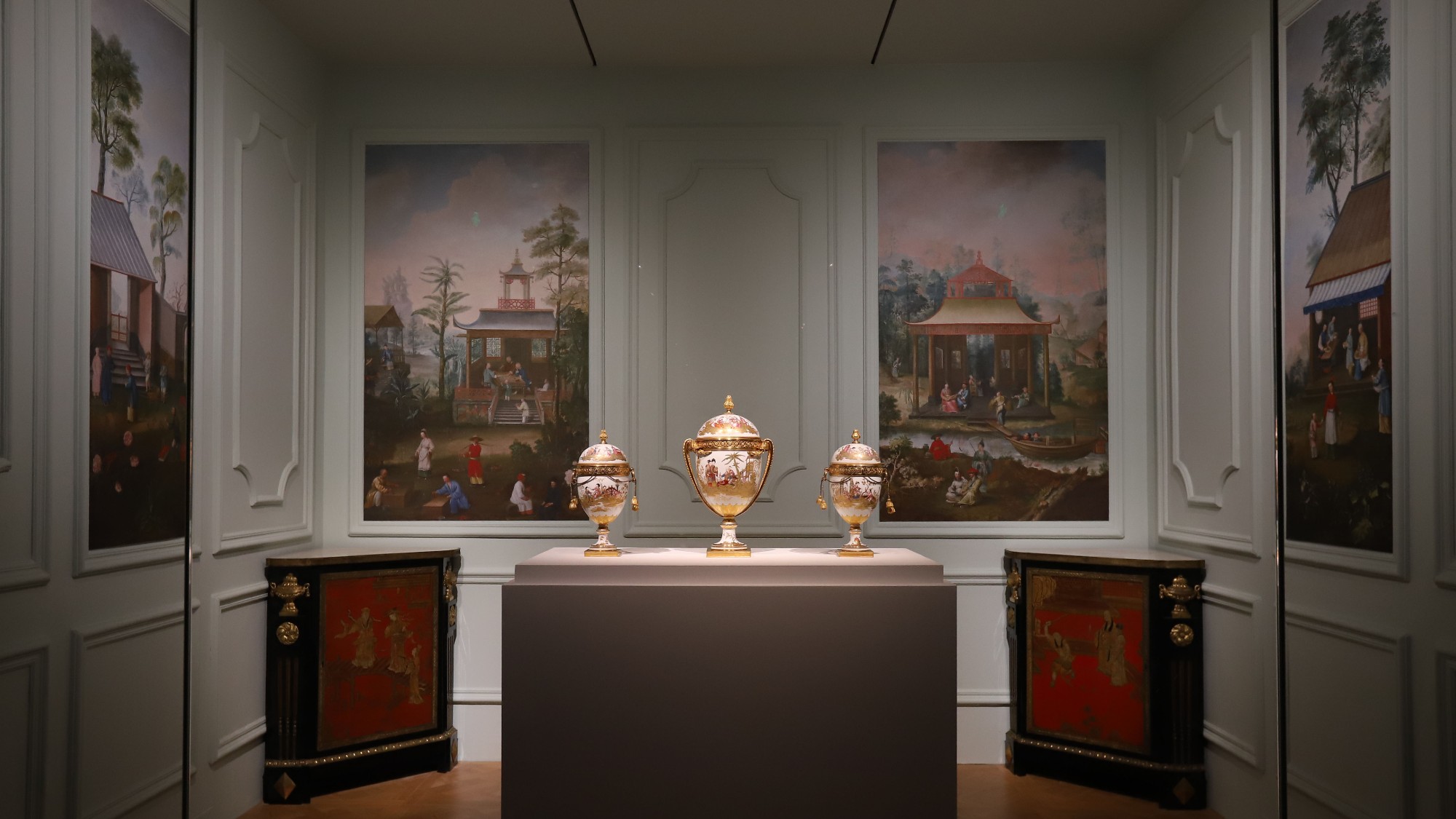 Museum exhibitions across the globe are in artful bloom this spring. These are 5 to experience.
Museum exhibitions across the globe are in artful bloom this spring. These are 5 to experience.The Week Recommends See treasures from ancient Japan, Versailles and the Forbidden City
-
 The Louvre is giving 'Mona Lisa' her own room
The Louvre is giving 'Mona Lisa' her own roomSpeed Read The world's most-visited art museum is getting a major renovation
-
 All change at the Louvre
All change at the LouvreIn The Spotlight Emmanuel Macron announces overhaul of the Louvre following a series of issues